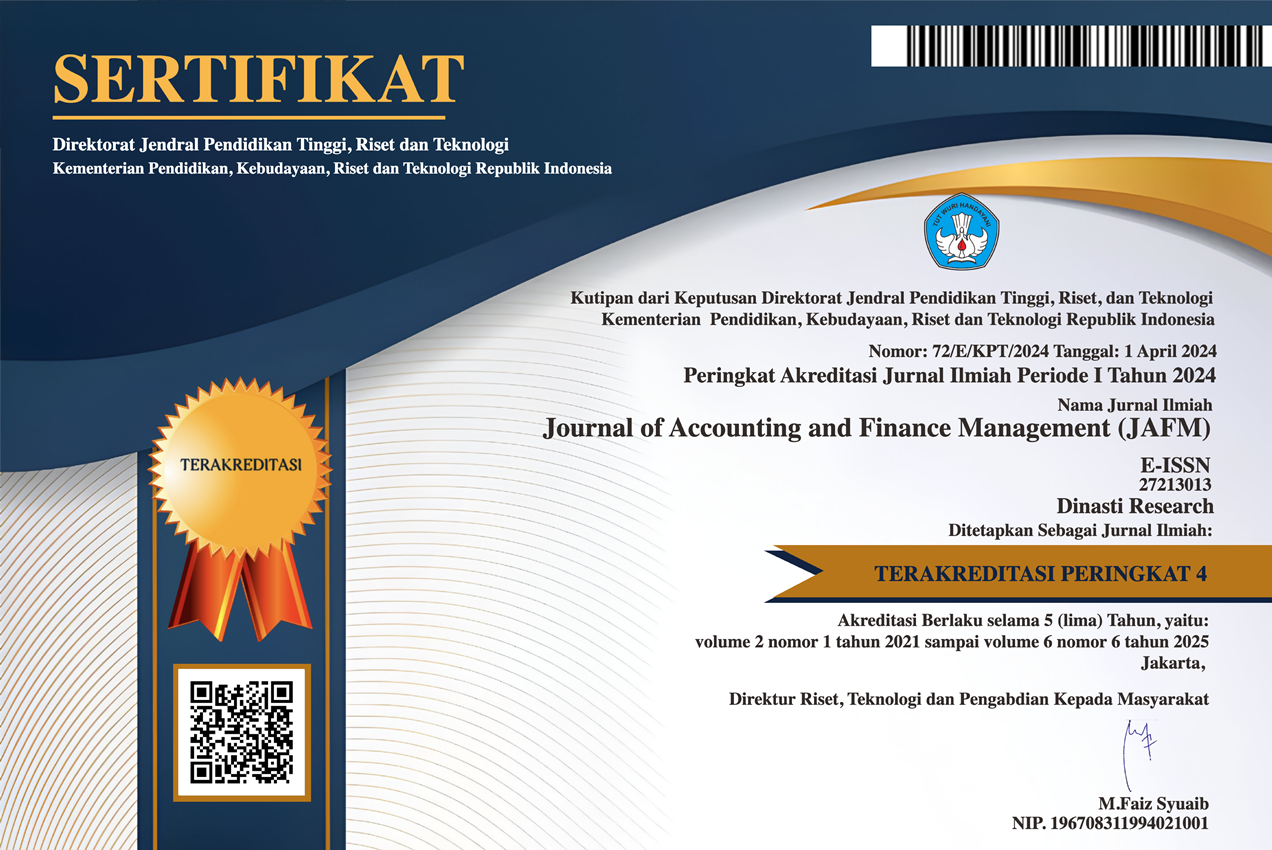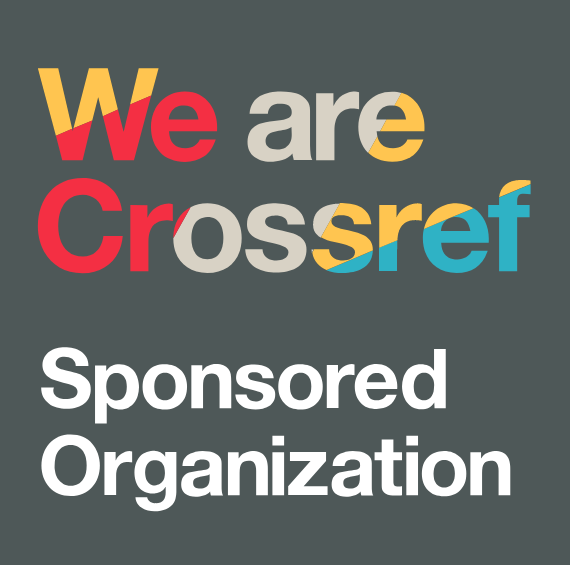Penerapan Pemodelan Konsep Dinamis dalam Keputusan Bisnis: Optimalisasi Keputusan dengan Linear Optimization, Decision Tree dan Scenario Test
DOI:
https://doi.org/10.38035/jafm.v6i2.1815Keywords:
Pemodelan Konsep Dinamis, Linear Optimization, Decision Tree, Scenario Test, Pengambilan Keputusan Bisnis, Strategi Adaptif, Big DataAbstract
Dalam era bisnis digital yang penuh dinamika dan ketidakpastian, pengambilan keputusan berbasis data menjadi elemen penting bagi keberlangsungan dan daya saing perusahaan. Penelitian ini mengkaji penerapan pemodelan konsep dinamis melalui integrasi tiga metode utama, yaitu Linear Optimization, Decision Tree, dan Scenario Test. Ketiga metode tersebut dianalisis sebagai pendekatan yang saling melengkapi dalam proses pengambilan keputusan strategis yang adaptif. Linear Optimization berfungsi mengoptimalkan alokasi sumber daya secara matematis guna mencapai efisiensi biaya dan peningkatan profitabilitas. Decision Tree memberikan struktur visual yang sistematis untuk mengevaluasi berbagai alternatif keputusan berdasarkan data historis dan probabilitas. Scenario Test digunakan untuk memproyeksikan serta mengantisipasi dampak dari kemungkinan perubahan lingkungan bisnis di masa depan. Melalui pendekatan kualitatif dan analisis studi kasus pada sektor manufaktur, kesehatan, teknologi, dan otomotif, penelitian ini menemukan bahwa integrasi ketiga metode menghasilkan keputusan yang lebih tangguh, fleksibel, dan berbasis data. Implikasi teoretis dan praktis mencakup pengembangan kerangka kerja hibrida untuk pengambilan keputusan serta potensi penerapan teknologi kecerdasan buatan dan big data analytics. Penelitian ini merekomendasikan pengembangan model dinamis yang lebih adaptif terhadap perubahan ekonomi dan geopolitik global.
References
Chanda, R., Pabalkar, V., & Gupta, S. (2022). A study on application of linear programming on product mix for profit maximization and cost optimization. Indian Journal of Science and Technology, 15(22), 1067–1074.
Cohen, M. C., Leung, N. Z., Panchamgam, K., Perakis, G., & Smith, A. (2016). The impact of linear optimization on promotion planning. Google Research & MIT.
Fiedler, M., Nedoma, J., Ramik, J., Rohn, J., & Zimmermann, K. (2006). Linear optimization problems with inexact data. Springer.
Kaner, C. (2013). An introduction to scenario testing. Florida Institute of Technology.
Koole, G. (2010). Optimization of business processes: An introduction to applied stochastic modeling. VU University Amsterdam.
Kugler, H., Stern, M. J., & Hubbard, E. J. A. (2007). Testing scenario-based models. Springer.
Matousek, J., & Schwarzkopf, O. (1992). Linear optimization queries. In 8th Annual Computational Geometry Conference. ACM.
Nowozin, S., Rother, C., Bagon, S., Sharp, T., Yao, B., & Kohli, P. (2011). Decision tree fields. Microsoft Research & Stanford University.
Quinlan, J. R. (1996). Learning decision tree classifiers. ACM Computing Surveys, 28(1).
Rüttimann, B.?G. (2015). Discourse about Linear Programming and Lean Manufacturing: Two Different Approaches with a Similar, Converging Rational. Journal of Service Science and Management,?8, 85–91. https://doi.org/10.4236/jssm.2015.81010
Song, Y., & Lu, Y. (2015). Decision tree methods: Applications for classification and prediction. Shanghai Archives of Psychiatry, 27(2), 130–135.
Suthaharan, S. (2016). Decision tree learning. In Machine learning models and algorithms for big data classification (pp. 237–269). Springer.
Tsai, W.-T., Saimi, A., Yu, L., & Paul, R. (2003). Scenario-based object-oriented testing framework. In Proceedings of the IEEE Quality Software Conference.
Downloads
Published
How to Cite
Issue
Section
License
Copyright (c) 2025 Purno Murtopo, Imam Dwi Yulianto, Suparno Suparno, Saparuddin Saparuddin

This work is licensed under a Creative Commons Attribution 4.0 International License.
Authors who publish their manuscripts in this journal agree to the following conditions:
- The copyright on each article belongs to the author(s).
- The author acknowledges that the Journal of Accounting and Finance Management (JAFM) has the right to be the first to publish with a Creative Commons Attribution 4.0 International license (Attribution 4.0 International (CC BY 4.0).
- Authors can submit articles separately, arrange for the non-exclusive distribution of manuscripts that have been published in this journal into other versions (e.g., sent to the author's institutional repository, publication into books, etc.), by acknowledging that the manuscript has been published for the first time in the Journal of Accounting and Finance Management (JAFM).



























